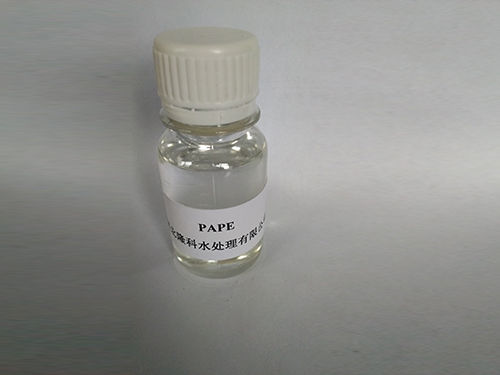polyacrylamide pdf
Understanding Polyacrylamide and Its Applications
Polyacrylamide (PAM) is a synthetic polymer that has become an essential material in various industries due to its versatile properties. Composed of acrylamide monomers, this polymer can be manufactured in different forms, including powders, gels, and solutions, enabling its use in a wide array of applications. While it is primarily recognized for its water-soluble characteristics and capacity to form gels, the implications of polyacrylamide go far beyond its basic composition. This article explores the key properties of polyacrylamide, its applications, and the safety considerations surrounding its use.
Properties of Polyacrylamide
Polyacrylamide possesses unique chemical and physical properties that make it suitable for various applications. One of its most notable features is its high molecular weight, which allows it to absorb significant amounts of water. This water retention ability is crucial in agricultural applications, where it can enhance soil moisture retention and improve water conservation efforts. Furthermore, PAM can be easily modified, allowing for the production of copolymers with tailored properties for specific uses.
PAM can exist in different configurations linear, cross-linked, or as a copolymer. Linear polyacrylamide is predominantly used as a thickening agent, while cross-linked variations are often utilized in gel electrophoresis and other applications requiring the formation of stable gel matrices. The versatility of PAM also extends to its ionic forms—anionic, cationic, or non-ionic—which can be selected based on the specific interaction needed in a particular application.
Applications of Polyacrylamide
1. Water Treatment One of the primary uses of polyacrylamide is in water treatment processes. PAM is employed as a flocculant agent, helping to improve the removal of suspended solids, organic matter, and other contaminants from water. Its ability to agglomerate smaller particles into larger flocs facilitates the efficient removal of pollutants, thereby enhancing water quality.
2. Agriculture In the agricultural sector, polyacrylamide is increasingly being used to improve soil structure and water retention. By incorporating PAM into soil, farmers can reduce water runoff and evaporation, ensuring that crops receive adequate moisture. This application is particularly beneficial in arid regions where water resources are limited.
polyacrylamide pdf

3. Biotechnology and Molecular Biology Polyacrylamide gels are widely used in laboratory settings, particularly in electrophoresis to separate proteins, nucleic acids, and lipids based on their size and charge. The controlled pore size of cross-linked polyacrylamide gels allows researchers to conduct precise analyses, making it an indispensable tool in molecular biology research.
4. Mining and Mineral Processing In the mining industry, polyacrylamide plays a critical role in the separation of minerals from ores. It is used as a flocculant in the processing of slurries, improving the efficiency of mineral recovery and reducing waste.
5. Construction and Civil Engineering PAM is also utilized in construction, particularly in the formulation of cement, soil stabilization, and in the creation of geosynthetics. Its ability to modify viscosity and enhance the performance of construction materials makes it a valuable asset in civil engineering projects.
Safety Considerations
While polyacrylamide is largely recognized as safe for various applications, there are safety concerns related to its monomer, acrylamide, which is considered a neurotoxin and potential carcinogen. Therefore, the handling of PAM, particularly in its powdered form, necessitates caution to avoid inhalation and skin contact. Regulatory agencies, such as the Environmental Protection Agency (EPA), impose strict guidelines for the use and disposal of acrylamide-containing products to mitigate any health risks to workers and consumers.
Conclusion
Polyacrylamide is a multifaceted polymer that significantly contributes to several industries, including water treatment, agriculture, biotechnology, and construction. Its unique properties make it an invaluable material for enhancing efficiency and productivity. However, it is crucial to manage its use responsibly, emphasizing safety while harnessing its benefits. The ongoing advancements in polymer technology continue to expand the potential applications of polyacrylamide, promising further innovations in the years to come.
-
Water Treatment with Flocculant Water TreatmentNewsJun.12,2025
-
Polymaleic AnhydrideNewsJun.12,2025
-
Polyaspartic AcidNewsJun.12,2025
-
Enhance Industrial Processes with IsothiazolinonesNewsJun.12,2025
-
Enhance Industrial Processes with PBTCA SolutionsNewsJun.12,2025
-
Dodecyldimethylbenzylammonium Chloride SolutionsNewsJun.12,2025





